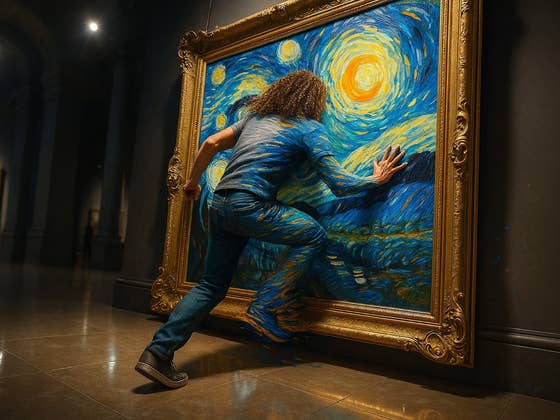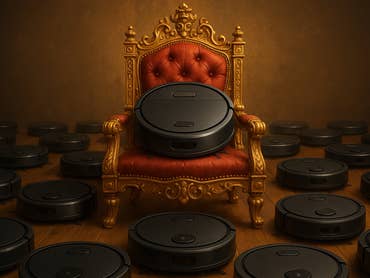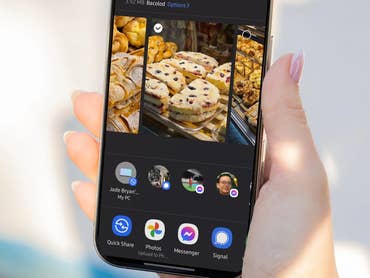Imagine yourself standing in front of a huge painting. The picture captivates you, you walk closer to it, before you simply step inside and find yourself in the painting, moving through the world that was previously available only on the canvas. Impossible? Not quite!
Yes, we have always tried to push the boundaries of artwork. A few years ago, we were amazed when we saw masterpieces that had been enhanced by so-called outpainting. This means generative AI expands the image, and suddenly, you can see the legs of the Mona Lisa or the room in which it was painted.
The next step was to turn images into videos. Leonardo da Vinci’s Mona Lisa could now wink or wave at us, for example. Now Google DeepMind, Google’s AI forge, has taken a real leap forward. This will allow us to get to know art in a completely new and different way in the future.
Immerse Yourself in the Painting and Experience a New World
With Genie 3, as the AI model is known, Google can create consistent, navigable worlds. This means you can create a world at the touch of a button and navigate through it like in a computer game. Watch the video and you’ll see what I mean:
But there is another way, and Aleksander Holynski shows us how. He is a scientist in the DeepMind team and did not use Genie 3 with a prompt — but by presenting the AI with a famous painting: “Nighthawks” by Edward Hopper, the legendary painting you see in bars.
What happens now? You can navigate through the picture. This allows you to see what is to the left and right of the edge of the picture in the original work. But that’s not all: you can also leave the bar and explore the streets around this famous pub at night. Would you like to take a stroll under the night sky of Vincent van Gogh’s masterpiece, “Starry Night”, or dance around the Mona Lisa? You’ll be able to do just that as soon as Google releases this technology to the general public!
This is the Groundbreaking Technology Behind It
At the moment, only a select few outside of the Google DeepMind team can experiment with this technology, but the results are already sensational, as you can see above. The special feature here is how Google can already create 3D worlds from a prompt that remain consistent for minutes. This means you could leave Hopper’s bar, walk through the city, and find yourself back in front of the bar minutes later.
As mentioned, this created world is currently consistent only for a few minutes. The videos are rendered in HD resolution (720 pixels) and played back at 24 fps. It is already possible for you to interact with this created world using a prompt. So if you’re in the bar, a single text prompt is all you need to let a brass band enter the store or whatever else is in your imagination.
This may be nothing more than a gimmick at the moment, but it’s worth considering. A picture of workers sitting on a steel girder at a lofty height could be turned into a platform game in no time at all. Or think not of works of art, but personal photos: Suddenly, you’re back in front of your favorite band’s stage or bringing that fun house party from 1990 back to life.
Yes, AI is often creepy and unsettling. But the technology behind it will open up completely new, immersive worlds of experience in the future, I promise!




0 comments